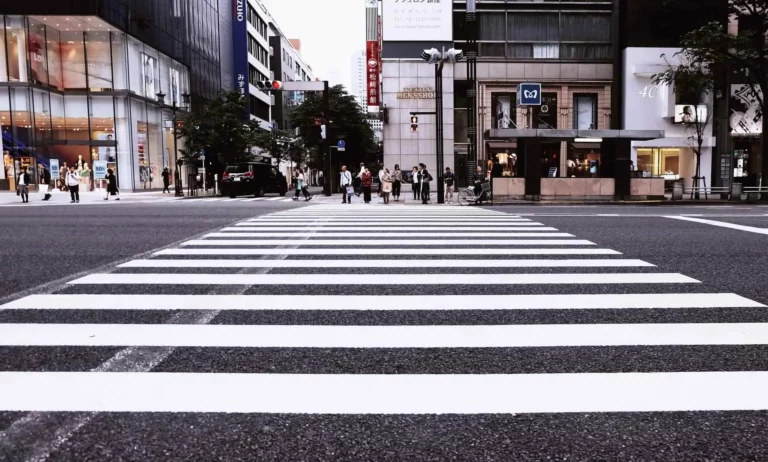Protecting Vulnerable Road Users: Florida’s Approach to Shielding Cyclists and Pedestrians

Florida’s bustling roads often accommodate a diverse mix of commuters, including cyclists and pedestrians. Ensuring the safety of these vulnerable road users has been a significant focus within the state’s legal framework. Understanding the initiatives and approaches employed to shield cyclists and pedestrians on Florida’s roads is essential for fostering a safer environment for all travelers.
Recognizing Vulnerabilities on the Road
Cyclists and pedestrians face unique risks due to their exposure and reduced protection compared to motorists. Florida’s extensive network of roadways emphasizes the necessity for specific protective measures and legal provisions to safeguard these vulnerable road users.
Florida’s Legal and Safety Measures
The state of Florida has implemented various legal measures and safety strategies aimed at protecting cyclists and pedestrians:
- Designated Bike Lanes and Shared-Use Paths: Many cities in Florida have incorporated bike lanes and shared-use paths to provide dedicated spaces for cyclists, promoting safer travel and reducing the chances of collisions with motor vehicles.
- Vulnerable Road User Laws: Florida has enacted laws to enhance the safety of pedestrians and cyclists. The Vulnerable Road User statute aims to protect these individuals by imposing stricter penalties on drivers who cause harm or fatal accidents involving cyclists, pedestrians, and other vulnerable road users.
- Enhanced Safety Education: Florida emphasizes safety education programs for both motorists and vulnerable road users. These initiatives aim to raise awareness about sharing the road responsibly and observing traffic laws to prevent accidents.
- Improved Infrastructure and Road Design: The state continually works on enhancing road infrastructure to accommodate the needs of cyclists and pedestrians, including better crosswalks, improved visibility, and upgraded traffic signals.
Tips for Cyclists and Pedestrians
For cyclists and pedestrians to remain safe on Florida’s roads, certain precautions can be taken:
- Visibility: Wear reflective or brightly colored clothing and use lights or reflectors, especially during low-light conditions, to enhance visibility.
- Adherence to Traffic Rules: Cyclists should follow traffic laws, signal their intentions, and ride in the same direction as traffic. Pedestrians should use designated crosswalks and obey traffic signals.
- Vigilance and Alertness: Remain attentive while on the road, be cautious at intersections, and watch for turning vehicles or potential hazards.
Collaborative Responsibility for Road Safety
Ensuring the safety of cyclists and pedestrians isn’t solely the responsibility of the individuals themselves. Motorists share an equal responsibility to create a safe environment for all road users:
- Respect for Vulnerable Users: Motorists should maintain a safe distance when passing cyclists, yield to pedestrians at crosswalks, and be vigilant of their presence on the road.
- Avoid Distractions: Minimize distractions while driving, such as texting or using mobile devices, to maintain focus and awareness of cyclists and pedestrians.
Conclusion
Florida’s approach to protecting cyclists and pedestrians on its roads involves a combination of legal measures, safety initiatives, and a shared responsibility among all road users.
By understanding the laws and safety measures in place, adhering to traffic regulations, and promoting mutual respect among all road users, we can collectively contribute to creating a safer environment for cyclists, pedestrians, and motorists alike on Florida’s roadways. Remember, a collaborative effort is key to upholding safety for all, ensuring a harmonious and secure commuting experience for everyone.
